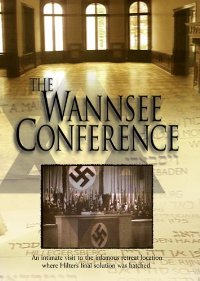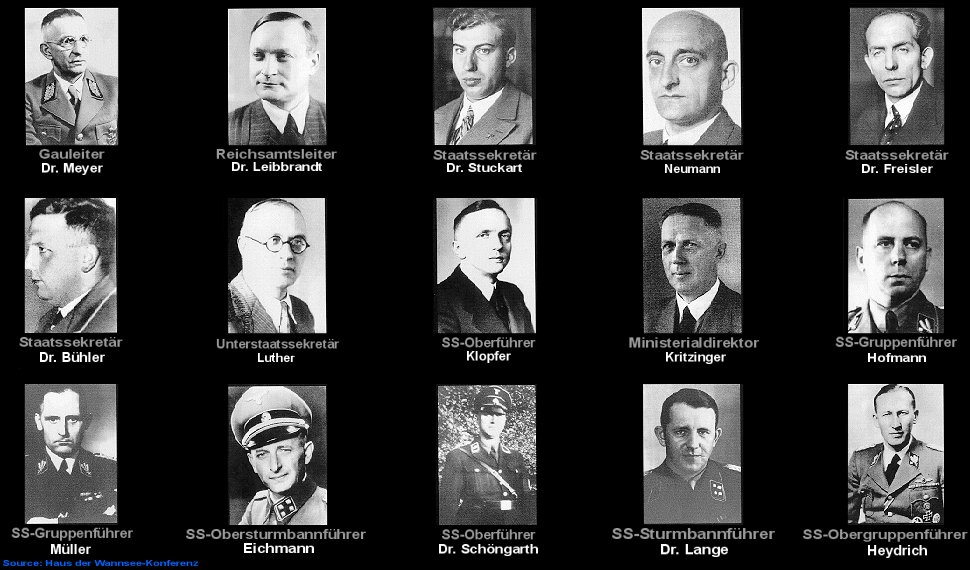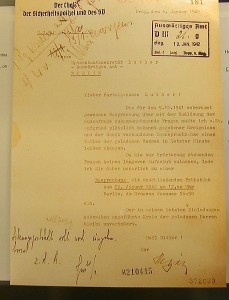The Wannsee Conference & the Final Solution

(by Mark Roseman)
20 January 1942 – 15 government men, “fifteen serious, intelligent men” met at a villa on Lake Wannsee “to give their assent to genocide.”
Roseman’s concise account is a superb reconstruction, amply supported by evidence. Yet as he says, the Conference per se “was not the moment of decision.” We do not know just when Hitler set his hideous policy but Wannsee was clearly a watershed in the clearing of bureaucratic hurdles and articulation of logistics.
Of course, Hitler had had the so-called ‘Jewish question’ in mind for a long time. Mein Kampf drips with extermination babble – the National Socialists progressively escalated the oppression from 1933 to 1939 – his speech to the Reichstag in January 1939 predicted the annihilation of European Jewry if war broke out – and there were plenty of extra-judicial, non-battlefield executions going on in 1940 and 1941. Yet the circumstances and date of the actual green light for Project F is not verified. The conference at Wannsee Villa had originally been scheduled for 9 December 1941 but it was pushed back – Germany had a bit on its plate that month, what with Pearl Harbor and Operation Barbarossa.
There is an intriguing, speculative, episode of H. H. Kirst in his novel Nights of the Long Knives as to the aetiology of The Final Solution. The scene is Berchtesgaden. Hitler, Heydrich and a ‘Gruppenführer Wesel’ discuss policy reform over Nymphenburg cups of Indian tea;
“HITLER: And now, gentlemen, to come straight to the heart of the matter, we must formulate a final and definitive approach to the Jewish question. May I have your recommendations?
WESEL: I suggest we teach them an object lesson. A deterrent – a symbolic threat to their survival.
HEYDRICH: I suggest we exterminate them.
WESEL: All of them?
HITLER: Every last one!”
The protocol or minutes contained in Roseman’s book show that geographical (national) boundaries were not necessarily an impediment to carrying out a final solution. But the protocol only talks of ’emigration’ or ‘evacuation’ of European Jewry, – extermination is not mentioned. Were euphemisms deployed in order not to tip their hand? Or with the Third Reich’s list of enemies supplemented by both the USSR and US, were they taking out some insurance? Roseman shows, however, that the protocol is nevertheless drenched in this unspoken solution and that “Wannsee emerges as an important act of closure in the process of turning mass murder into genocide…The Wannsee Protocol was…a signpost indicating that genocide had become official policy.”
Probably the best way to summarize this grim snowy Tuesday meeting at the lakeside is by Daniel Finkelstein, in “Hitler, Stalin, Mum and Dad” (2023), who comments of the conference: “The proceedings lasted an hour-and-a-half, during which the group agreed to murder all the Jews of Europe. Then they had lunch.”
Leave a comment...
While your email address is required to post a comment, it will NOT be published.




0 Comments